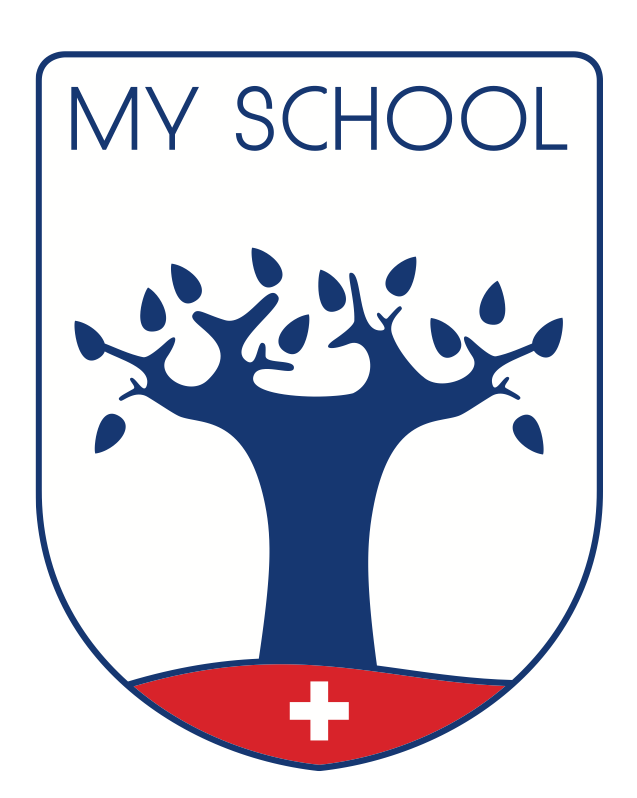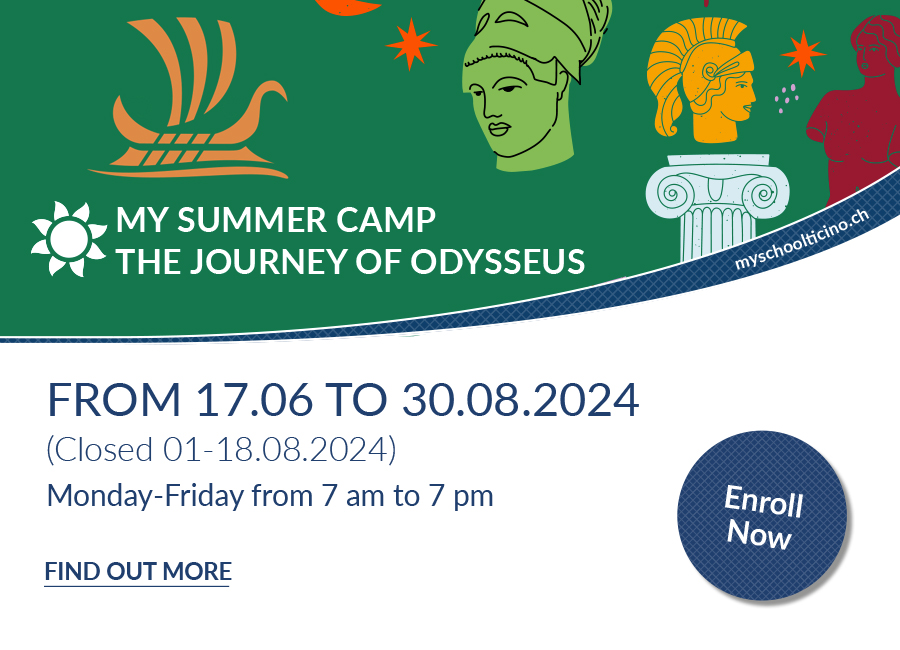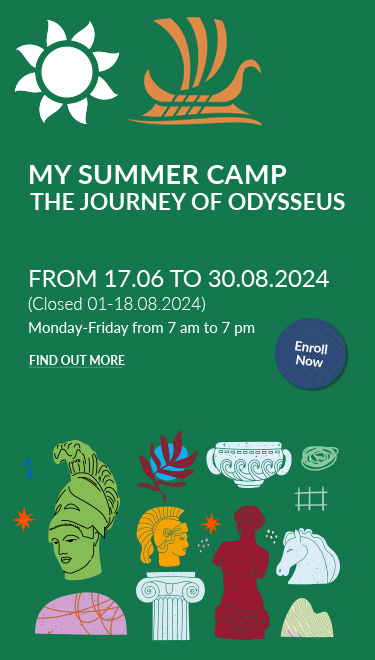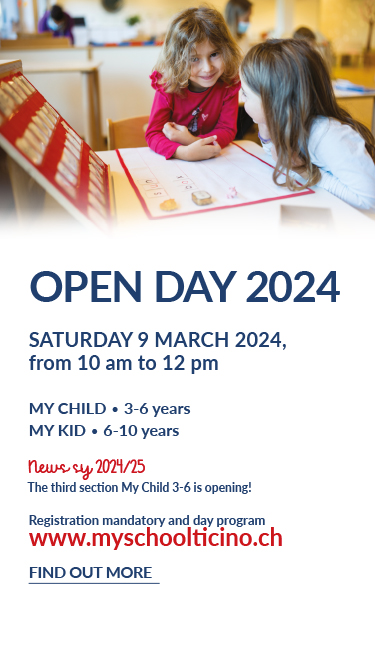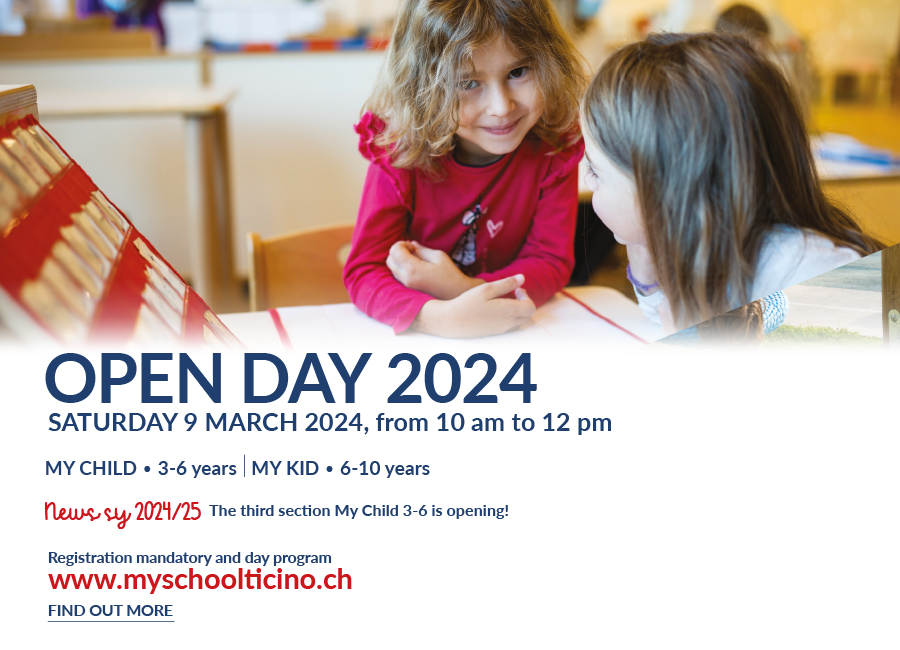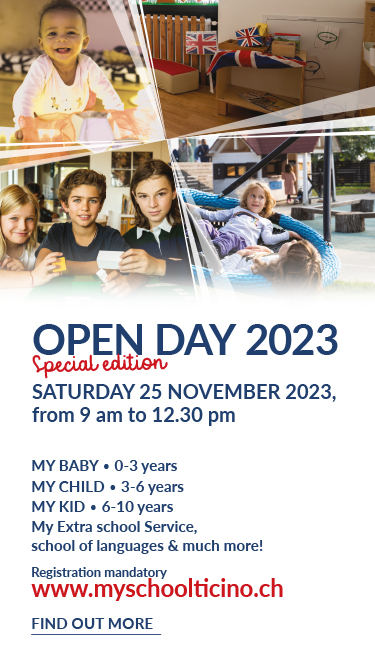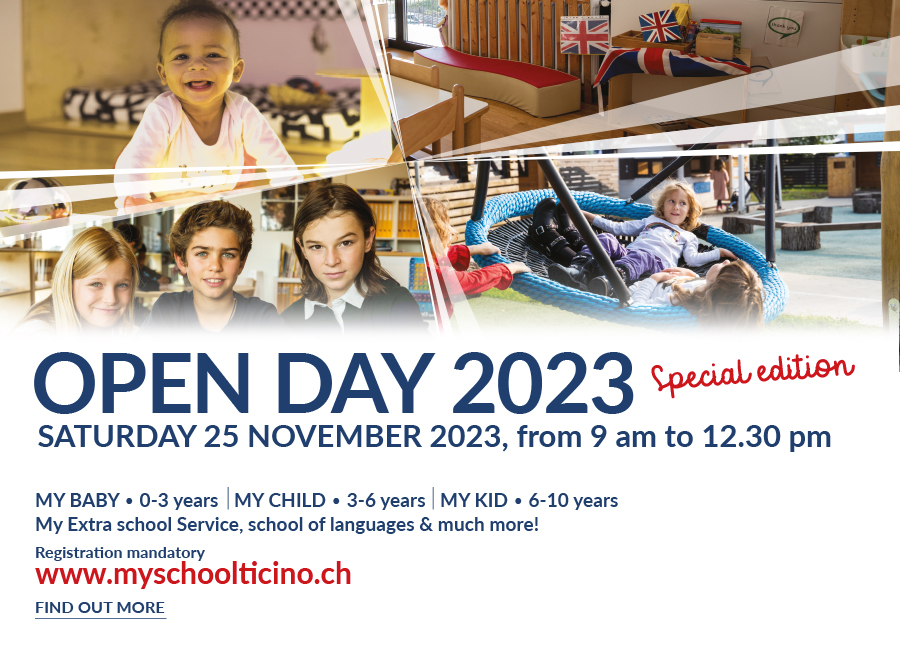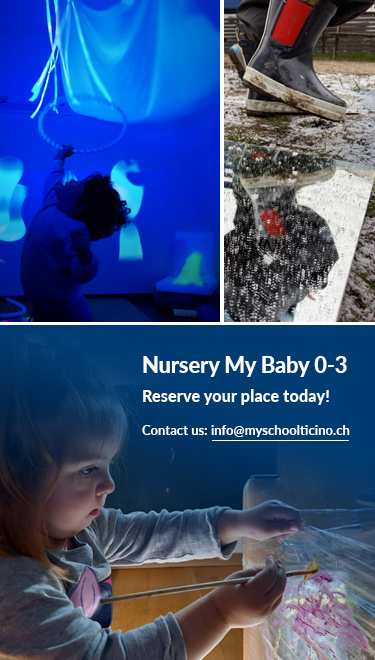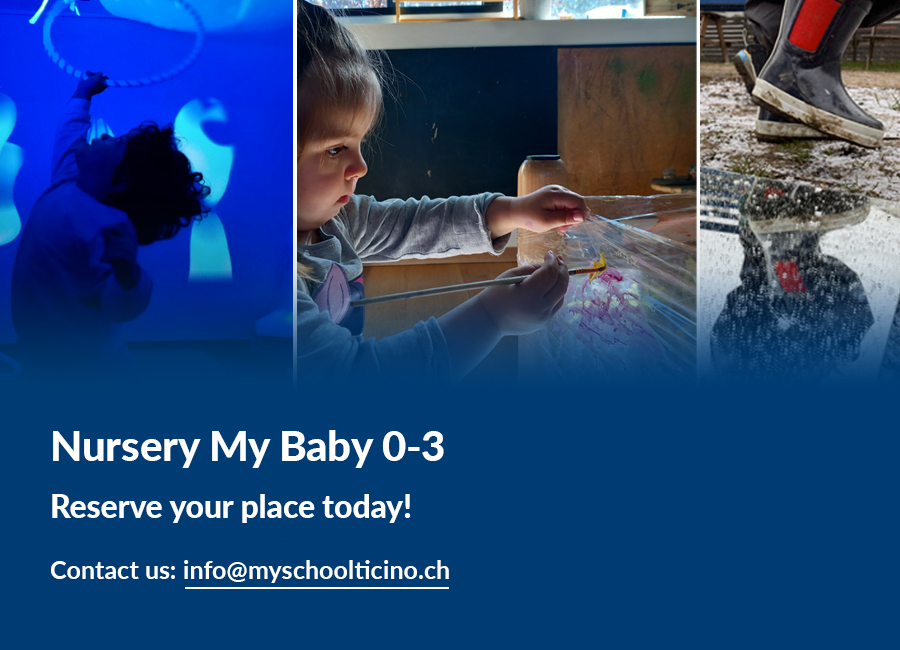Extract from an article by Elisabetta Mohwinckel, DoS My Languages – Language School and Founder of L’albero di Momo – English school founded in Como in 1998
Bilingualism: let’s clarify and try to get rid of prejudices towards learning a foreign language from early childhood. It is commonly believed that learning a second language at an early age could be confusing for the child, causing a delay in the ability to communicate, read or write.
Bilingual is by definition the individual who uses two languages regularly, in the same context (for example within family) or in different contexts on the same social level (for example family and school). Bilingualism is divided into early and late. Early bilingualism, as you can imagine, concerns childhood. It can be simultaneous, i.e. when two languages coexist from birth (parents from different countries), or consecutive, i.e. when it involves an L2 context (second language, in fact). The latter occurs at school and does not affect the learning of either the mother tongue or the second language.
Late bilingualism is different: it occurs once the child has learned the first language and assimilated it, i.e., approximately, after 6 years of age.
At My School Ticino we promote early bilingualism based on the Emotional Learning, Emotional Teaching® method, but it’s thought that the two languages mostly compete with each other: this assumption does not correspond to reality at all. However, distrust understandably arises when the child uses different languages in one sentence (so-called code-switching).
Yet, this is not a matter of confusion: on the contrary, it’s proof that both languages are active regardless of the intention or need to use one rather than the other. This “healthy competition” between the two codes, because they are indeed codes, enhances cognitive flexibility and ongoing cognitive development in the bilingual child thanks to the ability to control, already at an early age, the linguistic mechanisms developed.
It is crucial to understand that the bilingual child does not translate in his mind: his surprising competence is to “only” refer to a reality or to see an object (a cat) and – based on the context he finds himself in – deciding whether to call the referent (the object of the speech) according to one code or another. That is, choose between the word “cat” or the word “gatto”. The bilingual can be seen as a mind juggler: when talking, he has to choose between double the amount of words and linguistic structures compared to non-bilingual peers.
An insight into the method. As Elisabetta Mohwinckel, inventor of the Emotional Learning, Emotional Teaching® method, explains to us: leveraging children’s need to express themselves is the only way to make them use a language, whether native or foreign. For this reason it is necessary to make sure that what they are learning in our classrooms is inextricably linked to their historical memory. A joyful and stress-free environment creates the conditions for a deep-rooted and “unconscious” learning of any content. This idea applies even more so to a foreign language, which gives them the opportunity to express themselves in different ways and with different nuances.
Associating English with a song, a story or the smiling face of the teacher allows for the peaceful acquisition of the language: just as in the future they will remember the first day of school or the little work done for Father’s Day, they will hold sweet memories of Momo the bear and its funny way to communicate, which they liked so much.
Emotional involvement is crucial, even well beyond early bilingualism, and based on this, a good teacher should adapt methods, involvement techniques and activities to the context and age of the students.
At My School Ticino we chose bilingualism as a key element of its academic offer. The full-time presence of native English or bilingual teachers (starting with nursery) promotes an approach to bilingualism by immersion, a technique used in bilingual language education and similar to the syncretic learning of the child. The principle used is defined as OPOL, one person, one language: the educators and class teachers secure continuity with the language of the “territory”, while the educational representatives who speak English anticipate to the children a different sound, a nice sound, which will help them recognise and accept a different language and to acquire the basis to learn it. At My School Ticino this occurs from nursery to primary school. Bilingualism is therefore merged with the second L2 language, English, also used in day-to-day activities: lunches, recreational activities, tidying up, playing.
At My School Ticino we also launched another project, My Languages - Language School, whose main goal is to learn foreign languages.
My Languages was founded at My School Ticino in 2019 and now boasts three locations – two in Lugano in addition to our headquarters in Castel San Pietro. The school adopts the Emotional Learning, Emotional Teaching® method for teaching languages to children between 3 and 8 years old.
The experience of Elisabetta Mohwinckel and our certified and expert teachers is applied not only to teaching English to children, but also to the courses we offer to older kids, adults and Italian language for foreigners. The school organizes annual courses and personalised study paths, as well as promotes residential language summer camps organized and managed by L’Albero di Momo.
My Languages also provides courses for European language certifications: Cambridge for English, DELF/DALF for French and Goethe for German; the school is also authorised as a Cambridge Exam Preparation Centre.
Our Castel San Pietro headquarters hosted the official Cambridge exams for the first time in June 2023: our students who took the tests (pre A1 Starters, A1 Movers and A2 Flyers) passed with flying colours. Well done pupils, you are ready for the next steps!
For info and Registrations: mylanguages@myschoolticino.ch
